Color photography, windshield wipers, computers — these are inventions we can hardly imagine modern life without. Some of the most famous inventors were also Poles whose courage changed the world around us. You may know names like Edison or Da Vinci, but do you know who earned the nickname “Leonardo Da Vinci of Galicia”? In honor of European Inventors’ Day, let’s get to know some famous Polish inventors and their great inventions that changed the world.
1. Jan Czochralski – The Father of Modern Electronics
Jan Czochralski was an outstanding Polish chemist, without whose invention you wouldn’t be reading this article. In 1916, while working in a lab, he accidentally dipped his pen into molten tin instead of an inkwell. When he pulled it out, he noticed a thin wire of solidified tin had formed at the tip. Through this accidental discovery, Jan Czochralski developed his own method of growing single crystals, known as the Czochralski method. Later, this method allowed for the creation of silicon crystals, which form the basis of semiconductor production and remain fundamental in modern electronics.
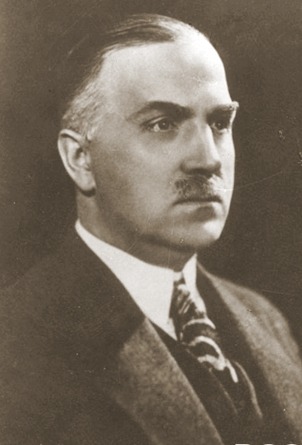
Source: Wikimedia Commons, accessed (07.11.2024)
His genius was recognized worldwide, and he was even offered a directorial position in Henry Ford’s company. However, Czochralski declined, choosing to return to Poland after it regained independence. Wrongfully accused by communists of collaborating with Germany, Czochralski was expelled from the scientific community, erased from textbooks, and constantly threatened for his covert involvement with the Polish resistance. It wasn’t until 2011, after documents confirmed his essential role in the Polish resistance’s intelligence efforts, that he was rehabilitated at the Warsaw University of Technology. Despite years of being unrecognized, Jan Czochralski‘s revolutionary discovery undeniably shaped the world we know today.
2. Jan Szczepanik – Bringing Color to the World
“The Polish Edison” and “Leonardo Da Vinci of Galicia” are nicknames for a humble, self-taught inventor who adored colors — Jan Szczepanik. With over 50 inventions and hundreds of patents in areas such as color photography, weaving, and television, Szczepanik was first inspired by the inventor of the kerosene lamp, Ignacy Łukasiewicz. His first invention was an automatic weaving system that could create complex fabric patterns in just hours. Later, he patented the telektroskop, a precursor to color television, earning him the nickname “Polish Edison” from Mark Twain.
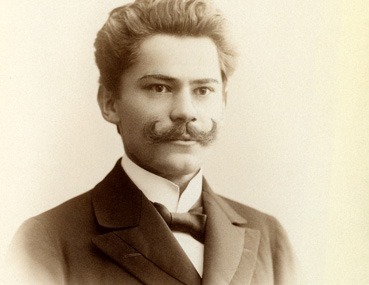

Source: Wikimedia Commons, accessed (07.11.2024)
Among Jan Szczepanik’s most important inventions were film cameras, color projectors, and cameras for color photos — small electronics that today allow us to enjoy so many modern works of photography. Jan Szczepanik also made it possible to add sound to films. Though color film technology was later overtaken by American Technicolor, his achievements influenced companies like Kodak, which applied some of his innovations 30 years later. This ambitious Polish inventor brought vibrant color to science and daily life.
3. Kazimierz Żegleń – The Human Armor
Kazimierz Żegleń was a remarkable figure in science — a true showman whose public demonstrations of his famous invention stunned and delighted audiences. Żegleń was the bulletproof vest inventor, creating a critical military invention: the bulletproof vest. After witnessing the assassination of Chicago’s mayor, Kazimierz Żegleń decided to create bulletproof clothing that could save lives. He used silk in layered structures to provide strength without the weight of steel. Initially, bulletproof vest material was handwoven by Żegleń. At this point, Jan Szczepanik reappears — Żegleń traveled to Europe to collaborate with the “Polish Edison,” allowing vests to be professionally crafted in Szczepanik’s workshops. However, the inventors soon disagreed over who should be credited as the inventor of the bulletproof vest.
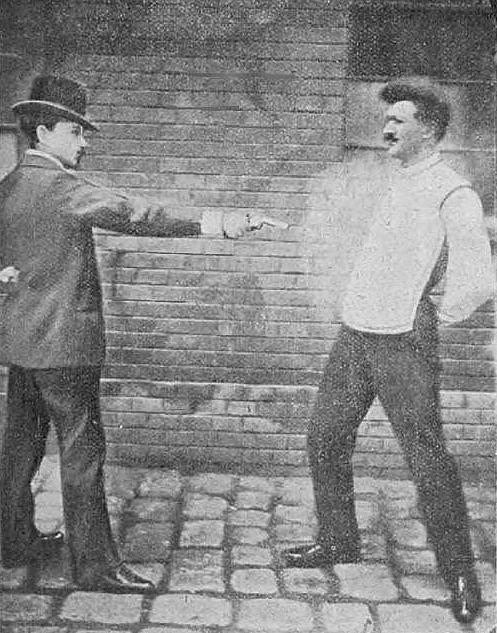

Source: Wikimedia Commons, accessed (07.11.2024)
The bulletproof vest was initially tested by the Chicago police using stretched fabric, with successful results. Żegleń even tested it on himself, holding public demonstrations of his vest’s effectiveness on the streets of Chicago and New York. The invention fascinated audiences and became essential military gear. Today, lightweight bulletproof vest materials continue to be critical for law enforcement and military personnel.
4. Henryk Magnuski – The Pole Who Enabled Communication in the Toughest Conditions
Few know that one of the most important military devices, the walkie talkie, was invented by an ambitious but humble Pole, Henryk Magnuski. While on training in New York, World War II broke out, and he was unable to return to Poland. He began working at Motorola, which was collaborating with the U.S. military. Although radios were common, a mobile device allowing direct field communication did not yet exist. Magnuski patented three key solutions in his revolutionary invention—the walkie talkie.
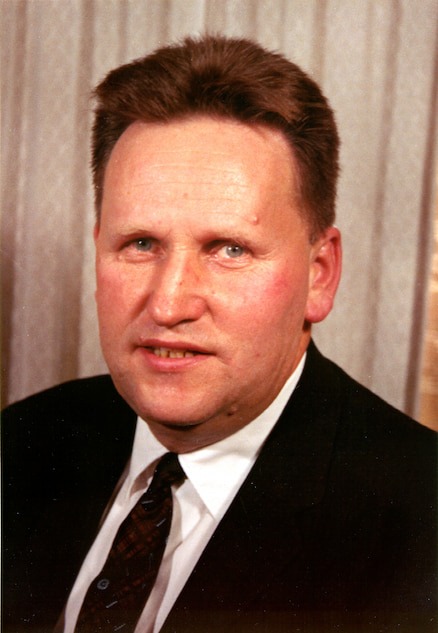

Source: Wikimedia Commons, author: Henry S. Magnuski, under the Creative Commons Attribution 3.0 Unported license. License link: [https://creativecommons.org/licenses/by/3.0/], (accessed 07.11.2024)
The walkie talkie inventor quickly saw his device, also called the “handie-talkie”, adopted by the U.S. military. The 17-kg SCR-536 with its long antenna became iconic in WWII films. Henryk Magnuski also invented the AN/CPN-6 radio beacon, helping pilotsreturn to their aircraft carriers in poor visibility, saving many lives. His contributions to military communications were essential, and what Poland invented here continues to serve a vital role even today.
5. Julian Ochorowicz – The Inventor Who Saved the Eiffel Tower
Many may recall Julian Ochocki from Bolesław Prus’s novel The Doll. This character, inspired by polish inventors Julian Ochorowicz, was fascinated by science and technology. This connection to famous inventors highlights that it was Ochorowicz’s inventions that ultimately saved the Eiffel Tower. Built for the 100th anniversary of the French Revolution, the Eiffel Tower was initially despised by Parisians, who wanted it dismantled after 20 years. The tower’s designer, Gustav Eiffel, struggled to accept this decision, but it was Ochorowicz who helped ensure the tower remained.
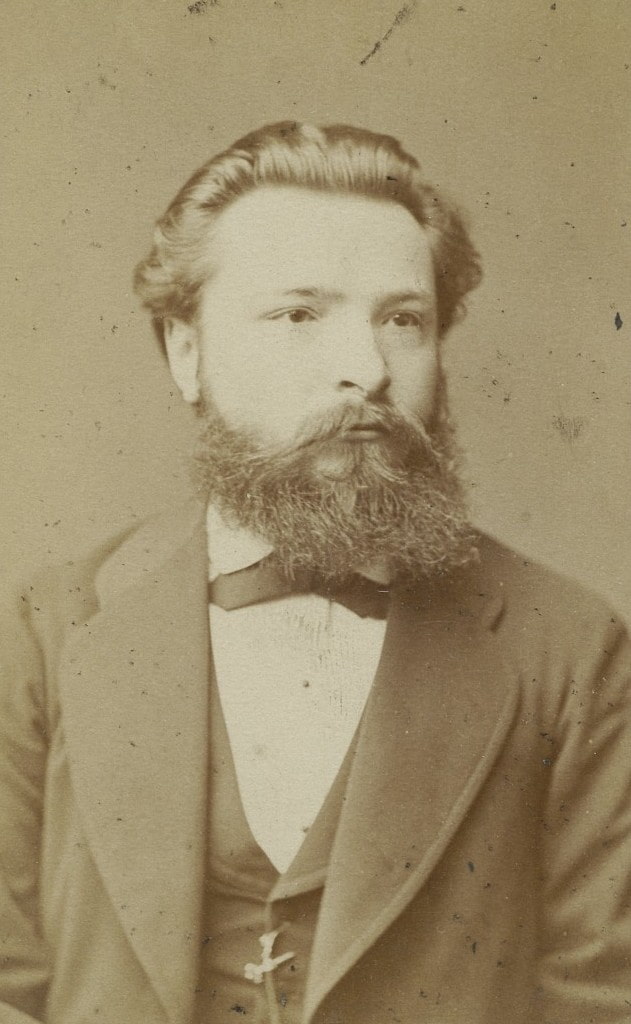

Source: Wikimedia Commons, accessed (07.11.2024)
Ochorowicz, already renowned in Paris for his telephone (considered superior to Alexander Bell’s by the French), installed his wireless telegraphatop the Eiffel Tower. By broadcasting signals over long distances, Ochorowicz demonstrated the tower’s usefulness, convincing French authorities to preserve it. His wireless telegraph invention later made him known as a pioneer of radio and television, as he also developed the telefotoskop and theoretical concepts in monochrome television, laying groundwork for future technology.
Summary
Polish inventors have revolutionized the world through their curiosity and drive to create timeless innovations. It’s hard to imagine our present without their contributions to science. In honor of European Inventors’ Day, we encourage you to move through life with the same passion and ambition as these remarkable Polish scientists.
Polish Inventors Who Changed the World – Do You Know Them All?
Klaudia Figiel
Related posts
Most viewed entries
- Polish Inventors Who Changed the World – Do You Know Them All?
- The Scariest Myths About Electronic Devices – Halloween 2024
- The history of bicycle – International Bicycle Day
- Electricity in a camper van on holiday – a conundrum easily solve
- Off-grid installation on a plot. Is it worth it?
- Charging your electric car at home without a wallbox

